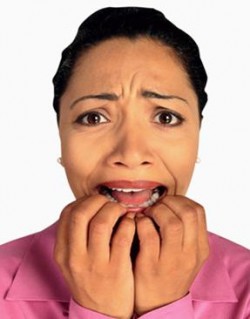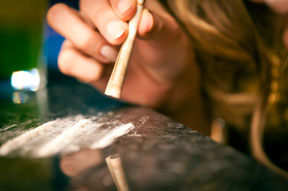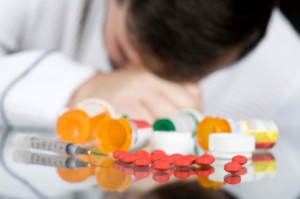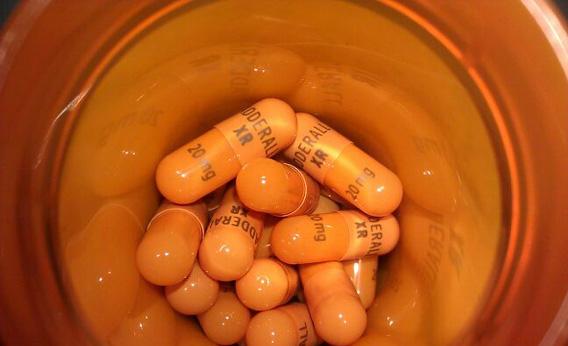5 Signs of Illegal Stimulants Abuse

Paranoia can be a sign of stimulant abuse.
Stimulants are drugs, either prescription or non, that may increase “energy” and “mental alertness” (National Center for Biotechnology Information). There are many types of stimulants that are widely available (such as caffeine), but other stimulants are illegal and can be extremely dangerous when abused. These can include cocaine, crack, ecstasy, and meth. Here are several signs that are important to look for if you believe that you or a loved one might be abusing stimulants.
1. Physical Signs
According to the NIDA for Teens, “taking high doses of a stimulant can cause an irregular heartbeat” and “high body temperatures.” Stimulants also have a tendency to raise blood pressure and heart rate. These symptoms can be dangerous if exhibited by an individual for a long amount of time. Seizures and cardiovascular failure are also possible effects of illegal stimulant abuse.
2. Tolerance and Dependence
In addition to increasing energy and alertness, stimulants will increase the amount of dopamine in a person’s brain. “This associated increase in dopamine can induce a feeling of euphoria when stimulants are taken nonmedically” (The National Institute on Drug Abuse). A person who is abusing illegal stimulants will attempt to get this feeling again and again, but soon, he or she will likely build up a tolerance to the drug. It is important to check yourself or your friend, and see if the amount of drugs necessary to achieve that euphoric high has risen.
3. Psychological Signs
There are many behavioral and psychological signs of stimulant addiction. A person who has been abusing illegal stimulants will likely avoid time with people who are not also using stimulants and will come to care more about doing drugs than anything else. This means that important aspects of the person’s life, such as school and work, will become less important and will often be neglected.
According to the NIDA, a person abusing stimulants might also exhibit these psychological signs:
- Hostility
- Paranoia
- Psychosis
4. Environmental Signs
Environmental signs are important when determining if a loved one is abusing illegal drugs. Pay attention to the home or apartment where the person lives: is it neglected or cared for? Are there various types of drug paraphernalia in the home, such as mirrors and razor blades in the case of cocaine or metal spoons and aluminum foil in the case of meth?
5. Withdrawal
If a person has been abusing illegal stimulants and then suddenly stops, he or she will most likely go through withdrawal. The NIDA for Teens lists the symptoms to look for when attempting to determine whether or not a person is going through withdrawal from illegal stimulants. They are:
- “An inability to experience pleasure”
- Suicidal thoughts
- Cravings
- “Anxiety and irritability”
- “Changes in sleep pattern”
- Loss of Appetite
A combination of the signs above definitely points to an person whose body is crashing or undergoing withdrawals from stimulants. If you see these signs in yourself or someone else, it is important to get help right away.
Once you know you or someone you love is abusing illegal stimulants, you must now begin to take steps toward recovery. Treatment options are available for various price ranges and often necessary to help work a person through addiction. Noticing these signs of abuse could potentially save your life or the life of another.



